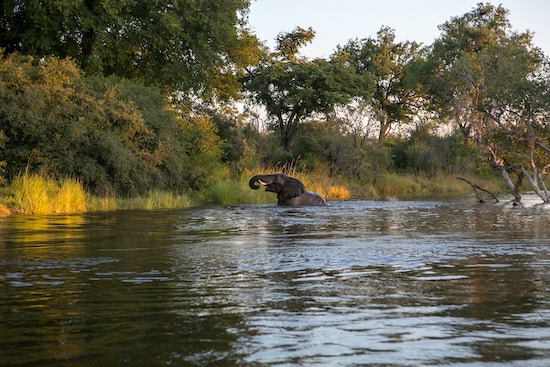One Zambia: One Nation – Many Stewardship Lessons

Zambia, named after the mighty Zambezi River, is also home to many successful water stewardship initiatives. Although comparatively rich in water resources compared to the rest of the continent, water is not spread equally within the country. Water pressures will begin to intensify as the country’s population and economy continue to grow.
In Zambia, GIZ’s International Water Stewardship Programme (IWaSP) has focused on partnerships with the beverage, agricultural, and hydropower sectors, implemented in cooperation with GIZ’s long-standing Reform of the Water Sector Programme, which has been partnering with the government of Zambia in the water sector for the last 45 years. Through the water stewardship partnerships in Zambia, a number of lessons on how best to implement projects within the country have arisen.
While in Zambia, I met with stakeholders from two specific projects being supported by IWaSP: the Itawa Springs Protection Partnership and the Lusaka Water Security Initiative (LuWSI). The country is also home to a third, newer partnership (the Chambeshi Water Security Partnership, CWSP), that has been fortunate enough to learn useful lessons from the implementation of the previous initiatives. For instance, as echoed in South Africa and Ethiopia, their experiences underscore the importance of a local coordinator or partnership manager. In the CWSP, establishing the partnership involved support and many visits from GIZ’s IWaSP team head office based in Lusaka. With resources spread so thinly, in the absence of a local project manager, trips to Chambeshi catchment could only occur once a month. Now, the Chambeshi partnership has been strengthened and established by the lessons stakeholders learned from the Itawa Springs Protection Partnership project in Ndola, Zambia. A local dedicated project manager has been the best way to build support and capacity, providing oversight of the partnership and its objectives.
Another lesson (amongst many), shared by the stakeholders in Zambia is the need to think strategically about the “critical mass” of partners you need for a successful partnership. This has been clearly experienced within LuWSI, where there are 25 partners, all with different levels of engagement. The partnership is strengthened by the diversity of partners and the holistic approach to water security. However, LuWSI required a lot of resources to coordinate so many partners, even though some were ‘sleeping’ partners who were engaged in the beginning but whose input was not required longer-term. The large, inclusive nature of the partnership also caused an overlap to emerge between the partnership output and the delivery of the public sector water services mandate. To address this issue, the secretariat for the LuWSI partnership now currently sits with the National Water Supply and Sanitation Council in Lusaka (NWASCO). NWASCO supports LuWSI to oversee coordination of the partnership and ensures the resulting projects are embedded within public sector institutions with the mandate for the various projects goals.
As mentioned in previous posts (South Africa, Ethiopia), project finances are often an area where lessons are learned. In Zambia, some great lessons can be shared for the benefit of other stewardship initiatives on this topic including ensuring a diversity of funding sources to ensure long-term sustainability, and designing long-term financial viability of any partnership beyond initial funding. The team in Zambia recognised that designing the long-term viability of the partnership beyond initial funding requires specific investment in partnership development. This long-term focus is as important as achieving the project objectives. When designing the start of the partnership, envision how the organisation will sustain itself beyond the initial grant timeline. To do so, LuWSI developed an investment and action plan during the initial partnership phase so that investor-ready concept notes were available once the initial grant was completed. These concept notes were used to access finance for continued projects within LuWSI. Because partnership development took place throughout the initial partnership phase, the stakeholders are motivated to continue with projects identified within the investment and action plan.
Tag:2019, africa, case studies, Collective Action, GIZ, IWASP, water stewardship
